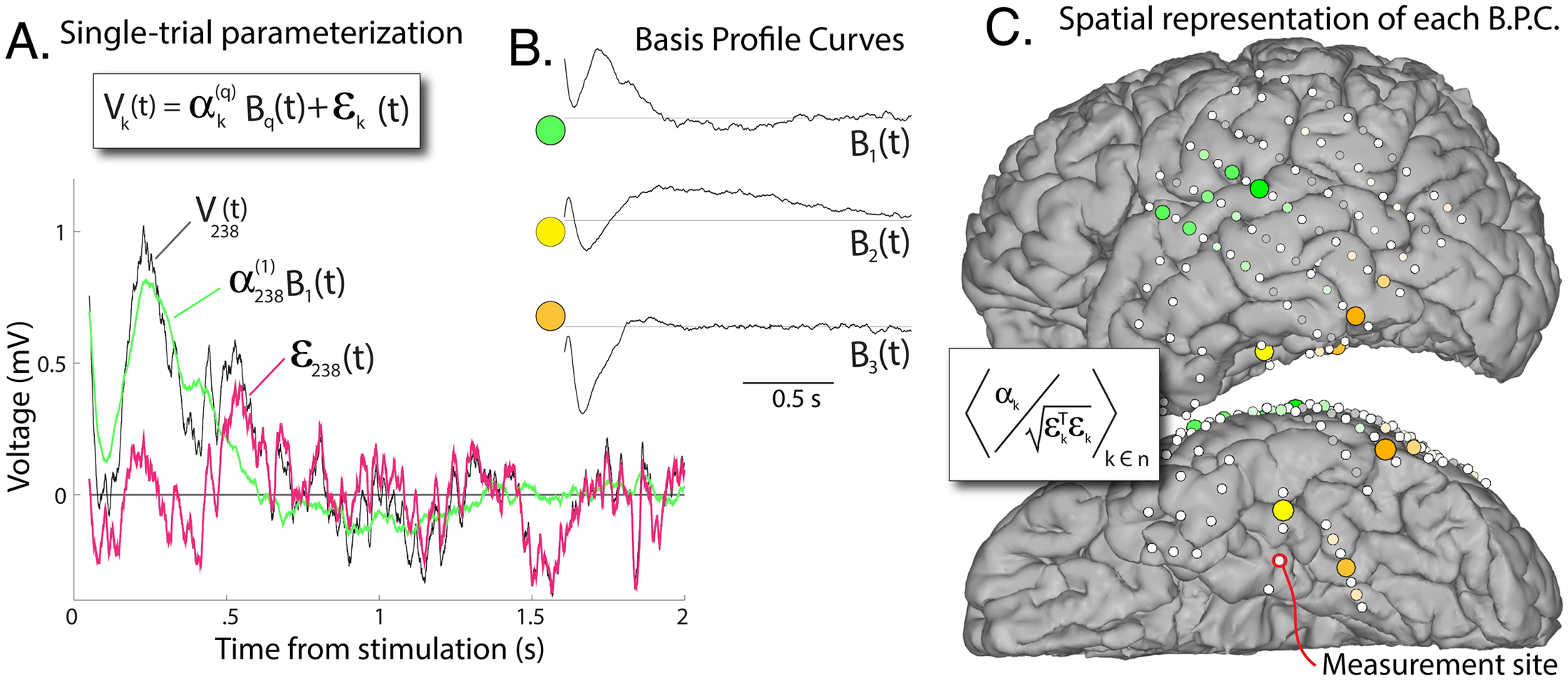Mayo Clinic researchers have developed a set of paradigms, or viewpoints, that simplify comparisons between effects of electrical stimulation on the brain. For people with epilepsy and movement disorders such as Parkinson’s disease, electrical stimulation of the brain is widening treatment possibilities; in the future, electrical stimulation may help people with psychiatric illness and direct brain injuries, such as stroke, said the Mayo Clinic in a statement.
In a study published in PLOS Computational Biology, a patient with a brain tumor underwent placement of an electrocorticographic electrode array to locate seizures and map brain function before a tumor was removed. Every electrode interaction resulted in hundreds to thousands of time points to be studied using the new algorithm.
The Mayo team developed a new algorithm called “basis profile curve identification.” They have also released the downloadable code package in public domain for others may explore the technique.
“Our findings show that this new type of algorithm may help us understand which brain regions directly interact with one another, which in turn may help guide placement of electrodes for stimulating devices to treat network brain diseases,” says Kai Miller, M.D., Ph.D., a Mayo Clinic neurosurgeon and first author of the study.
“Neurologic data to date is perhaps the most challenging and exciting data to model for AI researchers,” says Klaus-Robert Mueller, Ph.D., study co-author and member of the Google Brain research team.
This research was supported by National Institutes of Health’s National Center for Advancing Translational Science Clinical and Translational Science Award, National Institute of Mental Health Collaborative Research in Computational Neuroscience, and the Federal Ministry of Education and Research.
[Image courtesy: PLOS Computational Biology]

